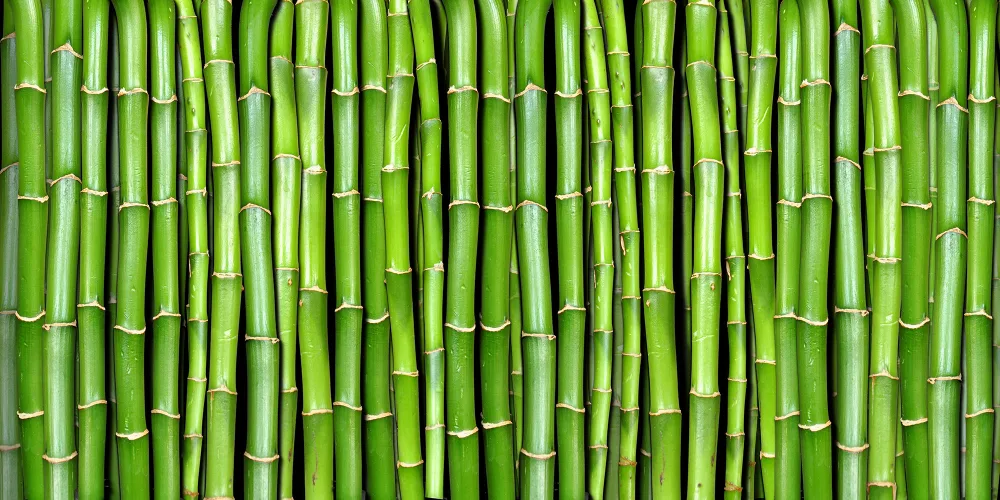New Delhi: After China, India is now the world’s second-largest producer of bamboo, though its export potential remains largely untapped. China continues to dominate the global bamboo market, exporting to countries such as Vietnam, Germany, the Netherlands, and Turkey.
Historically, during the British era, bamboo was classified as a tree, and strict regulations limited its cultivation and harvesting. These restrictive policies stunted its commercial use for decades. Recognizing its economic and environmental importance, India reclassified bamboo as a grass in 2017, freeing it from earlier restrictions. This move enabled farmers to harvest and transport bamboo with ease, boosting production and export possibilities. States like Maharashtra and Madhya Pradesh have taken initiatives to use bamboo for furniture, handicrafts, and industrial applications, enhancing its market potential.
Bamboo is a fast-growing, multi-purpose plant. It prevents soil erosion, purifies air, treats wastewater, and absorbs significant amounts of carbon dioxide. Most varieties mature in three to four years and can produce for 40–50 years. Beyond industrial use, bamboo has medicinal applications in Ayurveda, including treatment for cough, asthma, fever, and heat-related ailments.
Globally, bamboo is increasingly used in eco-friendly products like cups, plates, toothbrushes, combs, and waste bins. Its naturally antimicrobial fibers are ideal for textiles, while its sturdy stalks support furniture, ladders, mats, toys, agricultural tools, paper, and even charcoal for fuel and purification systems.

Under the National Bamboo Mission, the government encourages cultivation and value addition. For instance, the Maharashtra government provides up to ₹7 lakh per hectare under MGNREGA to support bamboo farming. Experts say bamboo could become “green gold” for India, combining economic benefits with environmental sustainability.
Despite having large tracts of land suitable for cultivation and 136 identified bamboo species, India has yet to fully exploit bamboo’s commercial and export potential. Awareness, training, and marketing remain challenges. Studies show bamboo absorbs 33% more carbon dioxide and releases 35% more oxygen than many other plants, highlighting its ecological importance.
If scaled up with research, farmer training, and industrial support, bamboo cultivation can empower rural livelihoods, restore degraded lands, and provide a sustainable alternative to plastic products—positioning India as a global bamboo hub in the coming years.






